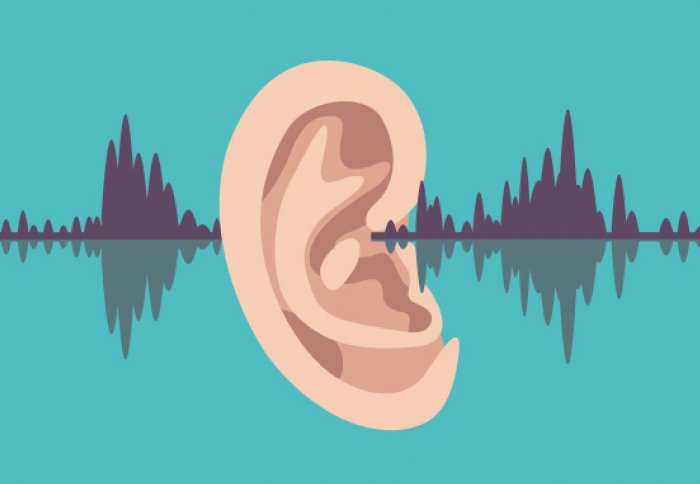Describe the puzzle of perceptual invariance despite acoustic variability. – The enigma of perceptual invariance in speech perception, a phenomenon where listeners can recognize speech sounds despite significant acoustic variability, has captivated researchers for decades. This ability is crucial for successful communication, allowing us to understand speech in various contexts and accents.
Understanding the mechanisms underlying perceptual invariance is not only essential for advancing our knowledge of speech perception but also has implications for fields such as speech recognition technology and language learning.
Delving into the neural and cognitive processes involved in perceptual invariance, this exploration will shed light on the intricate interplay between acoustic cues, neural representations, and top-down influences. By examining applications and future research directions, we aim to unravel the complexities of this fascinating puzzle, providing a deeper understanding of how we perceive and comprehend speech.
Define Perceptual Invariance: Describe The Puzzle Of Perceptual Invariance Despite Acoustic Variability.

Perceptual invariance refers to the ability of humans to perceive speech sounds as being the same despite variations in their acoustic properties. This ability is crucial for speech perception, as it allows us to understand speech in a variety of contexts, such as in noisy environments or when speakers have different accents.
Speech sounds can vary acoustically in a number of ways, including in terms of their frequency, amplitude, and duration. Despite these variations, we are able to perceive them as being the same because our brains have learned to extract the invariant properties of speech sounds.
Neural Mechanisms of Perceptual Invariance

The auditory cortex is a brain region that is responsible for processing speech sounds. Neurons in the auditory cortex are organized into tonotopic maps, which are maps of the frequency of sound waves. When we hear a speech sound, the neurons in the tonotopic map that are tuned to the frequency of that sound are activated.
In addition to tonotopic maps, the auditory cortex also contains neurons that are sensitive to other acoustic properties of speech sounds, such as their amplitude and duration. These neurons help us to perceive the different phonemes (speech sounds) that make up speech.
Cognitive Processes in Perceptual Invariance
Top-down cognitive processes also play a role in perceptual invariance. These processes include context and prior knowledge. Context can help us to disambiguate speech sounds that are acoustically similar. For example, the word “bat” and the word “pat” sound very similar, but we are able to distinguish between them because of the context in which they are used.
Prior knowledge can also help us to perceive speech sounds more accurately. For example, if we know that a speaker has a particular accent, we are more likely to be able to understand them, even if their speech is acoustically different from what we are used to.
Applications of Perceptual Invariance

Perceptual invariance is applied in a number of speech recognition technologies. For example, speech recognition software uses algorithms that are based on the principles of perceptual invariance to identify speech sounds. These algorithms are able to recognize speech even in noisy environments or when speakers have different accents.
Perceptual invariance is also important for language learning. When we learn a new language, we need to learn to perceive the speech sounds of that language. This can be difficult, as the speech sounds of different languages can be very different from each other.
However, perceptual invariance helps us to learn new speech sounds by allowing us to extract the invariant properties of those sounds.
Future Directions in Research

There are a number of areas where further research is needed to understand perceptual invariance. One area of research is to investigate the neural mechanisms of perceptual invariance. Another area of research is to investigate the role of cognitive processes in perceptual invariance.
Finally, it is important to continue to develop speech recognition technologies that are based on the principles of perceptual invariance.
By continuing to research perceptual invariance, we can gain a better understanding of how we perceive speech and how we can improve speech recognition technologies.
Q&A
What is perceptual invariance?
Perceptual invariance refers to the ability of listeners to recognize speech sounds despite variations in acoustic properties, such as pitch, duration, and intensity.
How does the auditory cortex contribute to perceptual invariance?
The auditory cortex contains specialized neural populations that are tuned to specific acoustic features of speech sounds, enabling the brain to extract invariant information across acoustic variations.
What role do top-down cognitive processes play in perceptual invariance?
Top-down cognitive processes, such as context and prior knowledge, influence speech perception by guiding the interpretation of acoustic cues and facilitating the recognition of speech sounds.